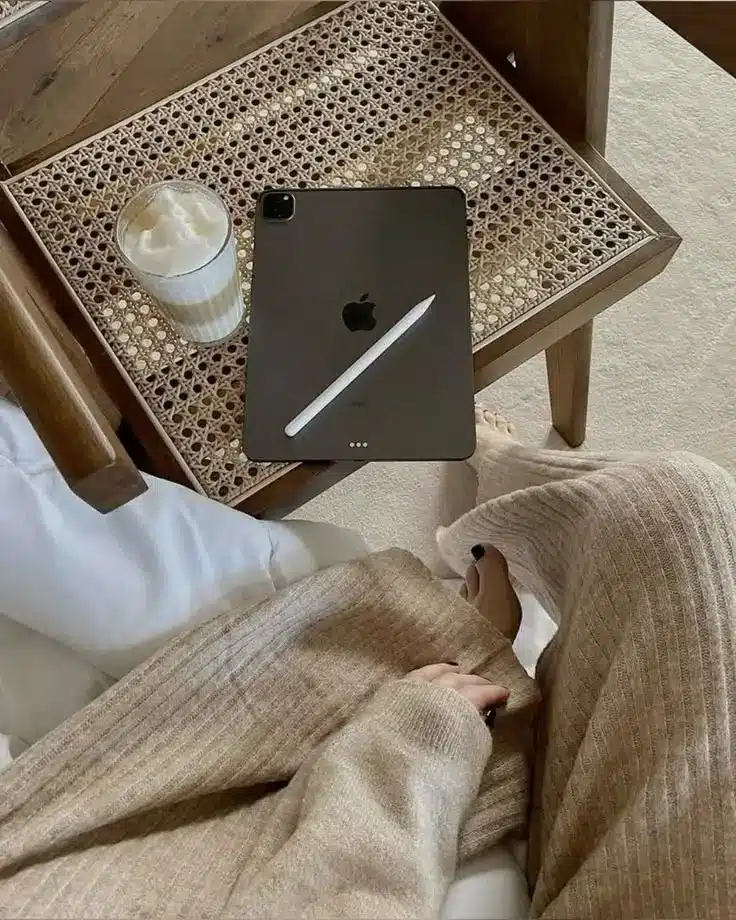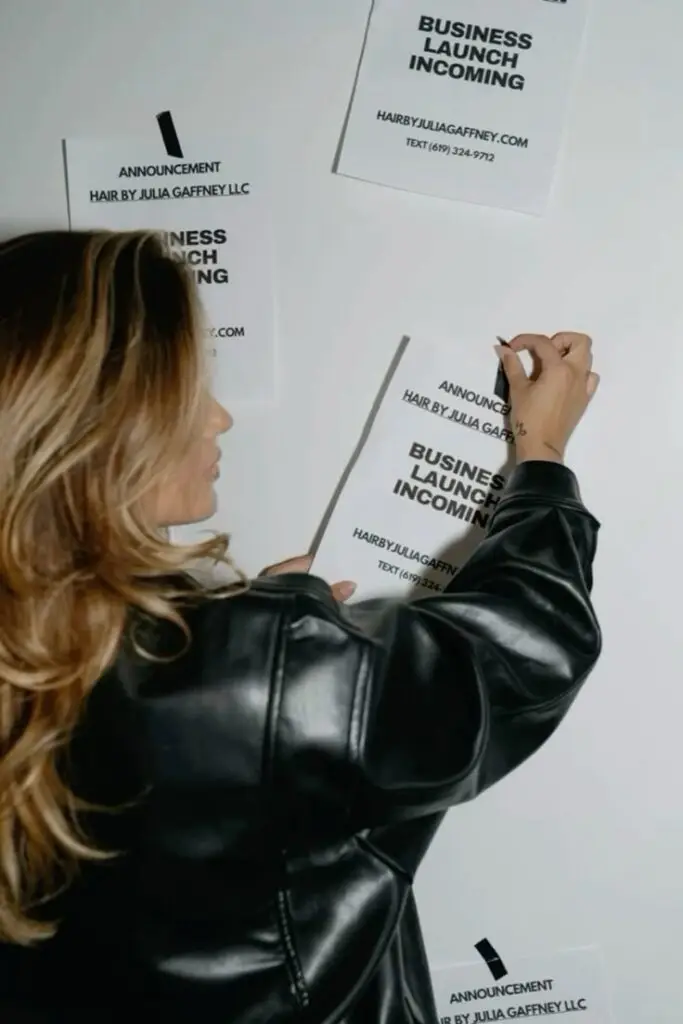Embarking on a career in web design can open doors to exciting opportunities in the digital world. Whether you’re a creative mind with an eye for aesthetics or a problem-solver who enjoys coding, web design offers a fulfilling path that combines artistry with technical skills. To apply for web design school, you’ll need to research programs that match your career goals, prepare a portfolio of your work (even if it’s just personal projects), and complete the application process which typically includes submitting transcripts, recommendation letters, and sometimes a design assessment.
The journey to becoming a web designer can take various forms, from four-year degree programs to shorter certificate courses or even self-paced online learning platforms. Many institutions offer specialized programs that focus on different aspects of web design, including user experience (UX), user interface (UI), visual design, and coding fundamentals like HTML and CSS. Consider your learning style, time constraints, and budget when choosing the right educational pathway for your web design career.


Key Takeaways
- Research various web design programs to find one that aligns with your career goals and preferred learning style.
- Prepare a portfolio showcasing your creativity and technical skills, even if you’re just starting out with personal projects.
- Web design education can lead to diverse career opportunities in agencies, tech companies, or freelancing as a digital designer.
Understanding Web Design and Development
Web design and development combine creative artistry with technical coding skills to create functional, user-friendly websites. This field requires knowledge of visual principles, programming languages, and understanding various specialized roles that contribute to web creation.
Fundamentals of Web Design
Web design is all about creating beautiful, functional websites that provide excellent user experience. You’ll need to learn visual design principles including color theory, typography, and layout to make your sites appealing and easy to navigate.
Understanding how users interact with websites is crucial. You’ll study user experience (UX) concepts to ensure visitors can find what they need and enjoy using your site.
Responsive design is another key concept you’ll master. This ensures your websites look great on all devices from desktop computers to smartphones.
Accessibility is increasingly important in web design. You’ll learn how to make your websites usable for people with disabilities, including those using screen readers or other assistive technologies.


Programming Languages and Tools
HTML (Hypertext Markup Language) forms the foundation of any website. You’ll use it to structure content like headings, paragraphs, and images. Think of it as the skeleton of your web pages.
CSS (Cascading Style Sheets) adds style to your HTML. With CSS, you control colors, fonts, spacing, and layout. It transforms plain content into visually appealing designs.
JavaScript brings interactivity to websites. You’ll learn how this scripting language creates dynamic elements like animated menus, form validations, and interactive maps.
Beyond these core technologies, you might explore frameworks like React or Angular that make building complex web applications easier. Design tools such as Adobe XD, Figma, and Photoshop will help you create mockups before coding.
Roles in Web Development
As a front-end developer, you’ll focus on what users see and interact with. You’ll use HTML, CSS, and JavaScript to build user interfaces and ensure websites look great and function smoothly across all browsers.
Back-end developers work behind the scenes with server-side programming. You’ll learn languages like PHP, Python, or Ruby to handle databases, server logic, and APIs that power web applications.
Full-stack developers master both front and back-end technologies. This versatile role lets you build entire web applications from start to finish.
UX/UI designers specialize in creating user-friendly interfaces. They research user needs, create wireframes, and design intuitive navigation systems.
Content strategists and digital marketers often work alongside developers to ensure websites achieve business goals through compelling content and optimization.


Educational Pathways
When pursuing a career in web design, you’ll find several routes to gain the necessary skills and knowledge. Each pathway offers unique advantages depending on your learning style, schedule, and career goals.
Academic Programs in Web Design
Many colleges and universities offer formal degrees in web design or related fields. You can pursue an associate’s degree (2 years) or bachelor’s degree (4 years) in web design, computer science, or information technology with a concentration in web development. These programs typically cover foundational computer science principles, design theory, and programming languages essential for web designers.
Some academic programs may combine elements of information systems administration with creative design coursework. This balanced approach prepares you for both the technical and aesthetic aspects of web design.
Community colleges often provide more affordable options with flexible scheduling, making them perfect if you’re working while studying. Many schools also offer scholarships, grants, and financial aid packages specifically for students in technology fields.


Professional Certifications
If you prefer a faster track to employment, professional certifications might be your best option. These focused programs teach specific skills employers look for without the general education requirements of degree programs.
Popular certifications include web master credentials, specialized platform certifications (like WordPress or Shopify Agency), and foundational tech certifications like CompTIA A+ or Network+ that demonstrate your technical knowledge.
Many certification programs can be completed online in just a few months, offering hands-on projects that build your portfolio while you learn. Some even provide job placement assistance when you finish.
Certification costs vary widely but are typically much less expensive than full degrees. Many online learning platforms offer subscription models that give you access to multiple certification paths for a monthly fee.
Choosing the Right School
When selecting a web design school, consider accreditation status first. Accredited programs ensure quality education and are recognized by employers. Look for schools with updated curricula that teach current technologies and design principles.
Check the faculty credentials – instructors with industry experience can provide valuable real-world insights. Student-to-teacher ratios also matter; smaller classes often mean more personalized attention.
Research graduate outcomes and job placement rates. Many schools publish statistics about graduate employment and average starting salaries. Reach out to alumni through LinkedIn to get honest feedback about their experience.
Don’t forget to evaluate available learning resources like computer labs, design software, and portfolio development assistance. The right school should provide opportunities for internships and industry connections that help launch your career.


Preparing Your Application
A strong application package can significantly increase your chances of getting accepted into a web design program. Careful preparation of your materials will showcase both your technical skills and your passion for the field.
Building a Portfolio
Your portfolio is the heart of your application to any web design school. Include 4-6 of your best projects that demonstrate a range of skills and styles. Don’t worry if you’re just starting out—schools understand that beginners won’t have professional work.
Try creating a simple personal website to showcase your projects. This itself demonstrates your coding abilities and design sensibilities! Include screenshots of your work with brief explanations of the problems you solved.
Focus on highlighting your understanding of user experience (UX), graphic design principles, and coding skills. Even basic HTML and CSS projects can impress if they show clean code and thoughtful design.
Remember to include any relevant side projects too. That app mockup you designed or that logo you created for a friend’s business shows your initiative and creativity.
Application Requirements
Most web design programs require specific materials beyond your portfolio. Prepare a compelling personal statement (250-500 words) explaining why you’re passionate about web design and how the program fits your career goals.
You’ll typically need:
- Official transcripts from previous education
- Letters of recommendation (2-3)
- Resume highlighting relevant experience
- Application form and fee
Some schools may require an entrance exam or technical assessment to evaluate your current skills in coding or design. Don’t panic! These tests usually assess basic concepts that you can prepare for with online tutorials.
For more competitive programs, prepare for an interview where you might need to walk through your portfolio and discuss your design process. Practice explaining your design decisions and how you approach problems in your work.


Exploring Career Opportunities
Web design skills open doors to a variety of exciting career paths. As you consider applying to web design school, it’s helpful to understand the range of opportunities that might await you after graduation.
Web Designer roles focus on creating visually appealing and user-friendly websites. You’ll combine artistic skills with technical knowledge to craft engaging digital experiences that meet client needs.
Web Developer positions involve more programming and technical implementation. Your design skills will complement your coding abilities, making you a valuable “full-stack” professional who can handle both visual and functional aspects.
Many web designers find fulfilling careers in Software Engineering, where your design perspective brings unique value to development teams. Your understanding of user experience can help create more intuitive applications.
Animation and Multimedia offer creative outlets for web designers who enjoy bringing static designs to life. You might create interactive elements, videos, or animated graphics for websites and applications.
Search Engine Optimization (SEO) knowledge paired with web design skills makes you particularly marketable. You’ll design beautiful sites that also perform well in search rankings.
Consider these growing fields that value web design expertise:
- Game Development: Creating interfaces and visual elements
- Cloud Computing: Designing user-friendly dashboards and controls
- Intranet Development: Crafting internal company websites and portals
The beauty of web design education is its versatility. You can specialize in areas that match your interests while developing a foundation of skills that transfer across multiple industries.
- 53shares
- Facebook0
- Pinterest53
- Twitter0


